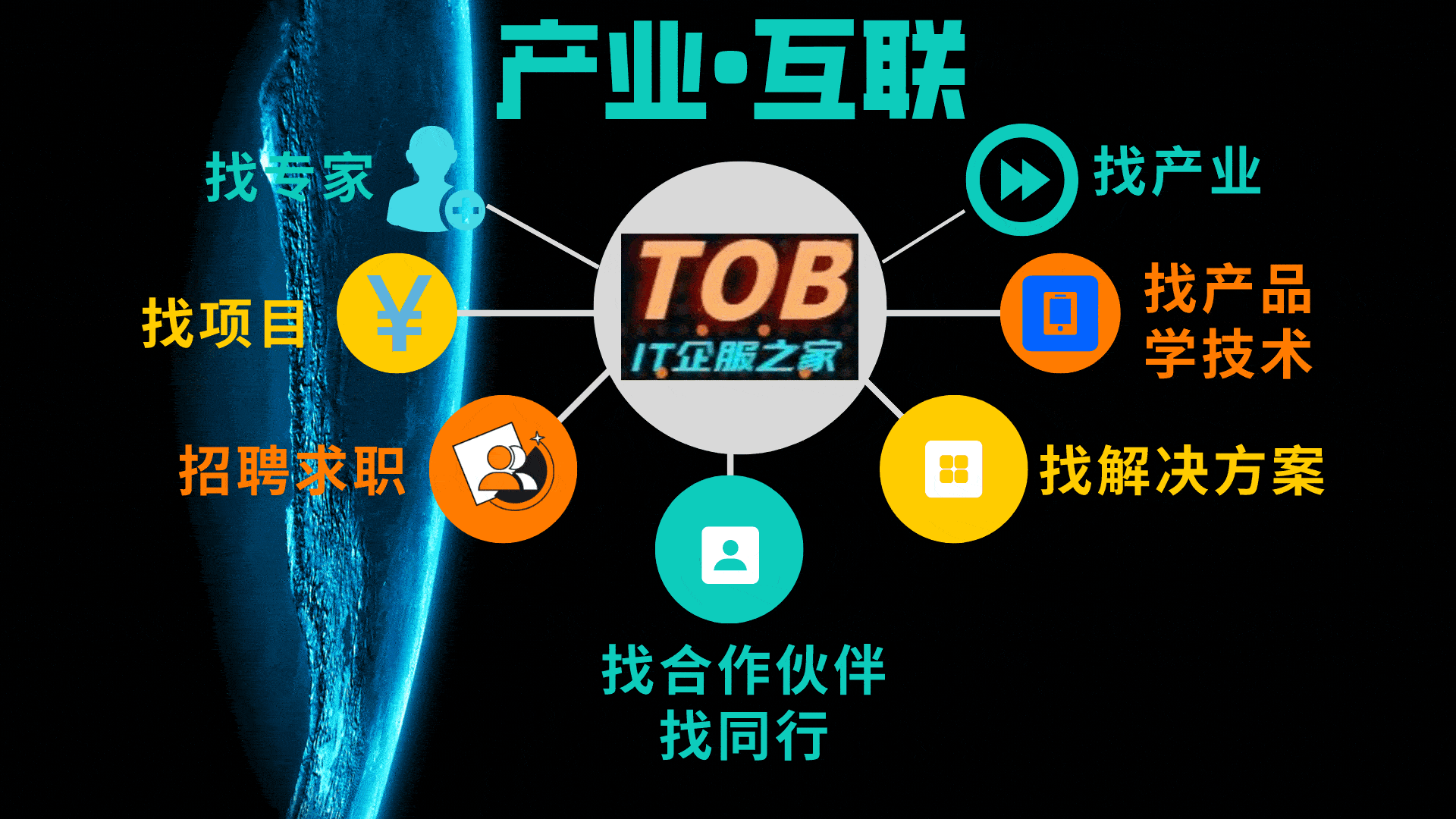马上注册,结交更多好友,享用更多功能,让你轻松玩转社区。
您需要 登录 才可以下载或查看,没有账号?立即注册
×
Kotlin Flow 是 Kotlin 编程语言中的一个强盛特性,用于处置惩罚异步数据流。它是 Kotlin 协程库的一部分,旨在以声明式和相应式的方式处置惩罚异步数据流。Flow 的筹划与协程无缝集成,使得异步编程更加简朴和直观。- suspend fun main() {
- // 创建Flow的几种方法
- val flow = flow {
- emit(1)
- emit(2)
- emit(3)
- emit(4)
- emit(5)
- }.collect {
- println(it) // 打印1 2 3 4 5 共5行
- }
- val flow2 = flowOf(1, 2, 3, 4, 5)
- flow2.collect {
- println(it) // 打印1 2 3 4 5 共5行
- }
- val flow3 = listOf(1, 2, 3).asFlow();
- flow3.collect {
- println(it) // 打印1 2 3 共3行
- }
- val flow4 = channelFlow {
- send(1)
- send(2)
- send(3)
- send(4)
- send(5)
- }
- flow4.collect {
- println(it) // 打印1 2 3 4 5 共5行
- }
- // 获取第一个和最后一个元素
- val firstValue = flow4.first()
- println(firstValue) // 打印1
- val lastValue = flow4.last()
- println(lastValue) // 打印5
- //3.Flow的操作符
- // 3.1 map 操作符 将Flow中的每个元素进行转换
- val flow5 = flowOf(1, 2, 3, 4, 5)
- flow5.map {
- it * 3 //无效
- it * 5 //无效
- it * 10// 有效以最后一行为准注意与trans的区别
- }.collect {
- println(it) // 打印10 20 30 40 50 共5行
- }
- // 3.2 trans 操作符 将Flow中的每个元素进行转换
- val flow6 = flowOf(1, 2, 3)
- flow6.transform {
- emit(it * 3) //有效
- emit(it * 5) //有效
- }.collect {
- println(it) // 打印3 5 6 10 9 15 共6行 注意与map的区别
- }
- // 3.3 filter 操作符 过滤Flow中符合条件的元素
- val flow7 = flowOf(1, 2, 3, 4, 5, 6)
- flow7.filter {
- it % 3 == 0
- }.collect {
- println(it) //打印 3 6 共2行
- }
- // take 操作符 取Flow中的前n个元素
- val flow8 = flowOf(1, 2, 3, 4, 5, 6)
- flow8.take(3).collect {
- println(it) //打印 1 2 3 共3行
- }
- //3.4 组合操作符 zip 将2个Flow的值按顺序组合
- val flow9 = flowOf(1, 2, 3)
- val flow10 = flowOf("a", "b", "c")
- flow9.zip(flow10) { it1, it2 ->
- "$it1$it2" //将两个Flow的值按顺序组合
- }.collect {
- println(it) //打印 1a 2b 3c 共3行
- }
- println("=================================")
- //3.5 组合操作符 combine 将多个 Flow 的最新值组合,有可能不是按顺序,比如:
- // 1a
- //2b
- //2c
- //3c
- //使用runBlocking运行
- runBlocking {
- val flow11 = flowOf(1, 2, 3)
- val flow12 = flowOf("a", "b", "c")
- flow11.combine(flow12) { it1, it2 ->
- "$it1$it2" //将两个Flow的值按顺序组合
- }.collect {
- println(it) //打印 1a 2b 3c 共3行
- }
- }
- //3.6 flatMapConcat 扁平化操作符 按顺序将每个值转换为 Flow 并连接
- val flow13 = flowOf(1, 2, 3)
- flow13.flatMapConcat { it -> flowOf(it, it * 2, it * 3) }.collect {
- println(it) //打印 1 2 3 2 4 6 3 6 9 共9行 与transform有点类似
- }
- //3.7 flatMapMerge 扁平化操作符 并发将每个值转换为 Flow 并连接
- val flow14 = flowOf(1, 2, 3)
- flow14.flatMapMerge { it -> flowOf(it, it * 2, it * 3) }.collect {
- println(it) //打印 1 2 3 2 4 6 3 6 9 或者 369246123共9行 与transform有点类似
- }
- //3.8 flatMapLatest 扁平化操作符 只处理最新的值,取消之前的转换
- val flow15 = flowOf(1, 2, 3)
- flow15.flatMapLatest { it -> flowOf(it, it * 2, it * 3) }.collect {
- println(it) // 打印 1 2 3 2 4 6 3 6 9
- }
- //3.9 flatMapLatest 扁平化操作符 只处理最新的值,取消之前的转换 ?
- val flow16 = flowOf(1, 2, 3)
- flow16.flatMapLatest { it -> flowOf(it, it * 2, it * 3) }.collect {
- println(it) //
- }
- // 4. Flow 的冷流与热流
- // 4.1 冷流(Cold Stream)
- // Flow 是冷流,只有在被收集时才会执行。
- // 每次收集都会重新执行 Flow 的代码。
- // 示例:
- val flow17 = flow {
- println("Flow start...")
- emit(1)
- emit(2)
- }
- flow17.collect {
- println("Collect : $it") // Flow start... Collect : 1 Collect : 2 共三行
- }
- flow17.collect {
- println("Collect : $it") // Flow start... Collect : 1 Collect : 2 共三行
- }
- // 4.2 热流(Hot Stream)
- // Kotlin 中的 StateFlow 是热流的实现
- // 热流是预先启动的,可以在收集之前就开始执行。
- // 热流可以被多个收集者共享。
- // 示例:
- val stateFlow = MutableStateFlow(0)
- stateFlow.value = 1
- stateFlow.value = 2
- stateFlow.value = 3
- stateFlow.collect {
- println("Collect : $it") // Collect : 3
- }
- }
- suspend fun main() {
- // 模拟网络请求
- fun requestNetwork(): Flow<Int> = flow {
- repeat(3) {
- delay(1000)
- emit(it)
- }
- }
- requestNetwork().collect { println(it) } //打印 0 1 2 共3行
- }
Kotlin Flow 是一个强盛的工具,用于处置惩罚异步数据流。它的核心上风包罗:
冷流模子:按需实行,节省资源。
丰富的操纵符:支持复杂的数据流处置惩罚。
与协程无缝集成:简化异步编程。
通过 Flow,你可以以声明式的方式编写异步代码,同时享受 Kotlin 协程带来的简便性和高效性。假如你必要处置惩罚连续的数据流,Flow 是一个非常值得学习和利用的工具!
免责声明:如果侵犯了您的权益,请联系站长,我们会及时删除侵权内容,谢谢合作!更多信息从访问主页:qidao123.com:ToB企服之家,中国第一个企服评测及商务社交产业平台。
|





